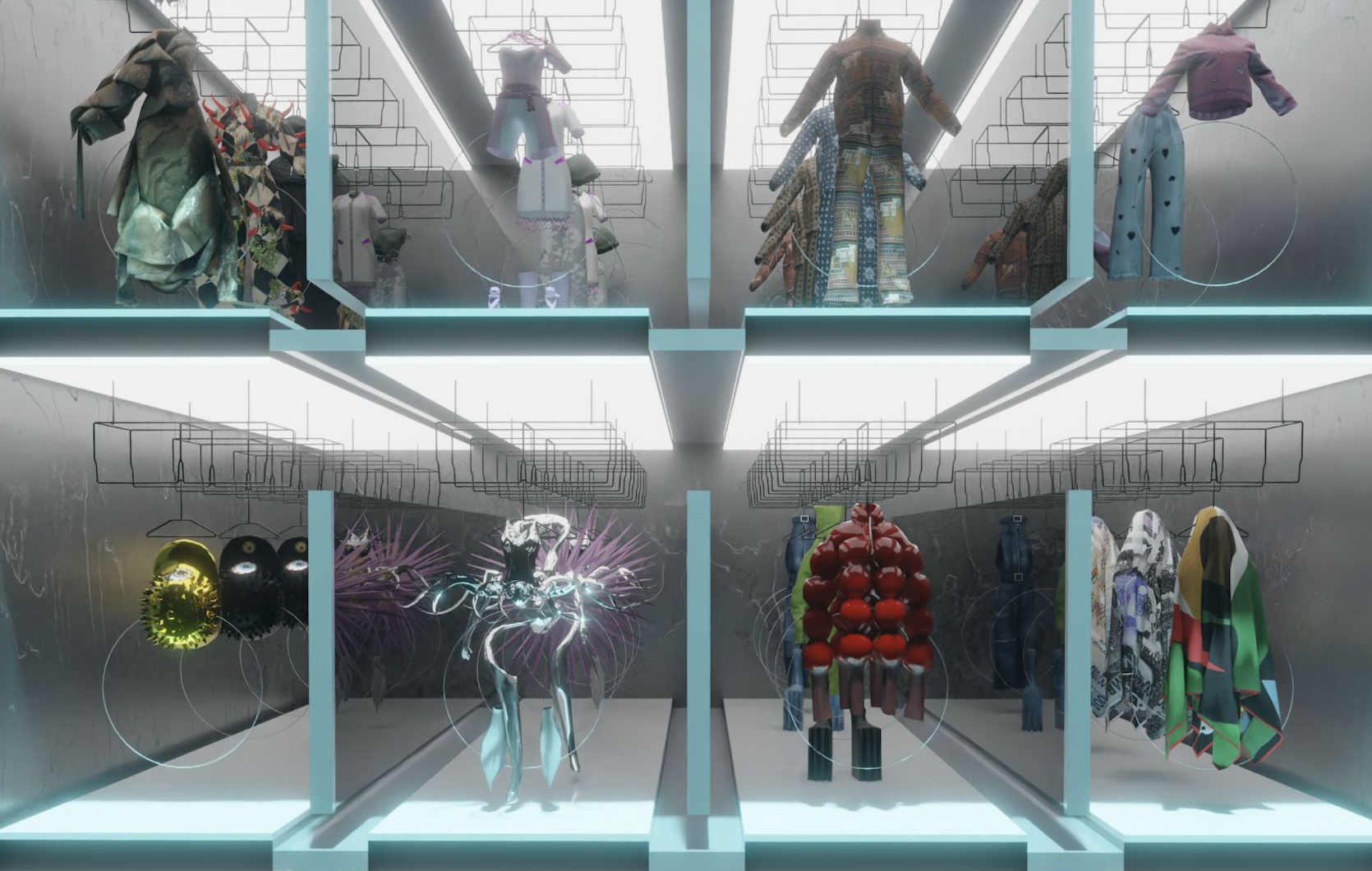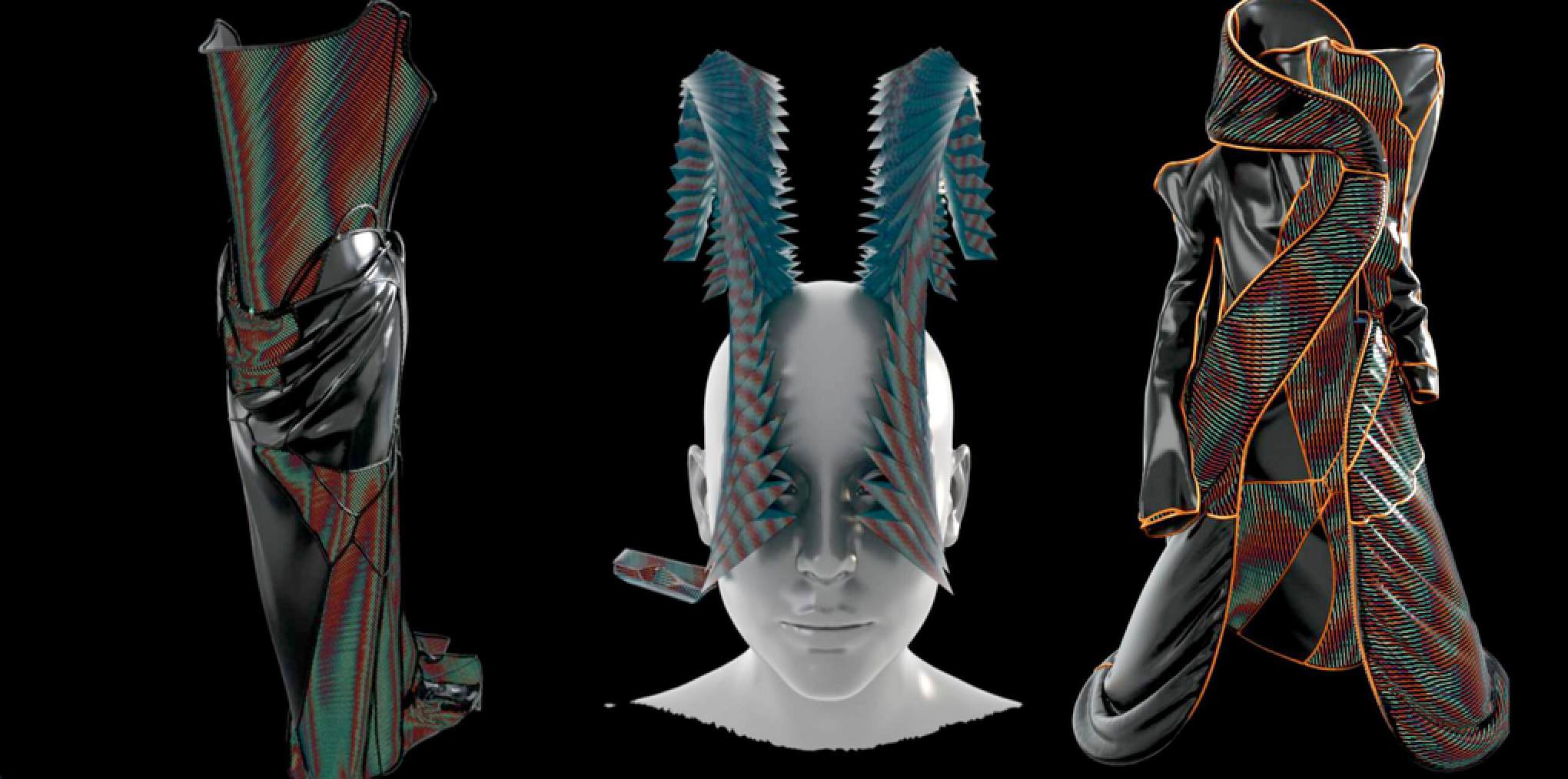As a fashion veteran and digital native, Hong-Kong based Richard Hobbs is leading the digital fashion curve. Hobbs founded Brand New Vision, a Web3 ecosystem dedicated to virtual apparel, footwear, and accessories, in 2019. The platform has collaborated with the likes of British label Ahluwalia, Korean girl group Lightsum, and Chinese creative Vivienne Tam to bring their works to life in the metaverse.
For the last week or so, I’ve been happily residing in France’s Charente-Maritime region, where sun, wine, oysters, baguettes and cheese are abundant.
As is customary at weddings, the main reason for this visit, I’ll reconnect with family, meet old friends and make new ones. Invariably the conversation will cover what industries and practices they are involved in.
For me, this usually involves answering questions like: “What do you mean, digital fashion?”
After being neck deep in everything Web3, metaverse, and the blockchain for the past five years, it’s easy to forget that not even 1 percent of the population outside of our immediate work and business circles have the faintest concept of what goes on in these virtual environments.
Engaging the 99 percent#
This means the most important issue we face is how we can engage more of this 99 percent. How do we encourage them to appreciate the benefits and opportunities that digital fashion companies can create for adopters?
First of all, forget the term ‘consumers.’ It refers to consumption, which implies purchasing and involves complicated, expensive, wasteful and damaging supply chains. In Web3, you won’t be a consumer. You’ll be participants in new economies underpinned by distributed ledger technology. Our job is to make that concept more relatable.
The builders of this ecosystem need to create and deliver the spaces, tools and experiences that empower people to become part of the Web3 fashion world. It’s a process that needs to be both understandable and accessible, as well as free of jargon and indecipherable acronyms. At the same time, the process hopefully encourages netizens to consume less in the physical world.

Is phygital the future?#
Secondly, while I decry the word ‘phygital’ (I prefer meta-physical), we can show people that these digital layers can add more value to the ownership of fashion. While I would prefer there to be no physical product, as this would boost sustainability, we have to accept that many people onboard into these new economies through physical interaction. With this in mind, the task to hand is making the process of selling virtual products as seamless as the traditional retail experience. Another task is demonstrating how owning a digital wearable can open up multiple new opportunities for styling, flexing, renting, customising, sharing, and earning.
These tasks will change the rules. Existing brands and designers can all join the new ecosystem of fashion, as can you, the individual participant. Whether you are a creator (read designer), marketeer (read influencer), or stylist (read KOL), or just an individual who enjoys getting dressed, going out and having amazing social experiences, everyone can be a contributor to the evolution of fashion in Web3.
Traditional brands will need to embrace the concept of co-creation (also known as customization), which ushers in a completely different type of relationship with brands and designers.
A realistic perspective#
Finally, the industry must be realistic. Achieving a full-blown, global shift into Web3 would likely require more processing power than we will ever be able to generate – unless we can harness nuclear fission, neural networks and whatever the future iterations of AI may or may not deliver under one all-powerful entity.
Let’s stay focused on the next million participants, then the 10 million after that, and so on.
Sceptics will continue to exist. Therefore, encouraging these cynics to reconsider their attitudes and proving them wrong is another task.
I couldn’t stand oysters until about eight years ago, and now I can’t get enough of them – especially when they are almost giving them away in the local market.
I firmly believe that digital fashion is the future,whether it’s as an adjunct to a physical product, or solely virtual with links to experiences, events, opportunities, and rewards. These assets will be underwritten by the core tenets of ownership, wearability, creativity, social sharing, and commercial protocols – all blockchain enabled.
This is a condensed version of some of the conversations I’ve had these past few days, while explaining what I do to a diverse range of people from various different backgrounds including modelling and fashion agencies, teachers, engineers, scientists, hoteliers, retirees (who were surprisingly receptive), investment bankers and restaurateurs.
Much of the crowd still doesn't get it. But some do see the potential.
We have a long way to go to get 10 percent of the population to adopt Web3 fashion, let alone 90 percent. But the journey has only just started, and the bus is not going to stop.
Jing Meta Insider is the new op-ed from Jing Meta, the latest publication which remains at the cutting-edge of the metaverse, new technological innovations, and Web3. We invite experts from across the field of Web3 luxury, fashion design, and retail to share their insights on the latest current trend, conversation or development making waves across the virtual landscape.

